In the meticulous and strategic sport of golf, precision is paramount. Golf laser rangefinders have become indispensable tools for players of all skill levels, offering accurate distance measurements to the pin and other hazards. However, distance alone is not the sole determinant of a successful shot. The invisible yet potent force of wind significantly influences the trajectory and ultimate landing point of a golf ball. Recognizing this critical factor, many modern golf laser rangefinders incorporate features designed to help golfers understand and account for wind conditions. This article delves into the various methodologies employed by these devices to calculate or estimate wind speed, exploring the underlying technologies and their implications for on-course decision-making.

Met![]() hod 1: Using Integrated Wind Speed Sensors
hod 1: Using Integrated Wind Speed Sensors
The most direct approach to determining wind speed involves the integration of miniature wind sensors directly into the rangefinder unit. These sophisticated components provide real-time, localized wind measurements. Two primary types of integrated sensors are commonly utilized: MEMS thermal anemometers and ultrasonic anemometers.
1. MEMS (Micro-Electro-Mechanical Systems) Thermal Anemometers
These compact sensors operate on the principle of heat transfer. A small, electrically heated element is exposed to the airflow. As wind passes over the element, it carries away heat, causing a change in the element's resistance. The degree of resistance change is directly proportional to the wind speed. By precisely measuring this resistance variation, the rangefinder's internal processor can calculate and display the current wind speed. While offering the advantage of small size and relatively low power consumption, the accuracy of thermal anemometers can be influenced by factors such as air temperature and humidity.
2. Ultrasonic Anemometers
A more advanced approach involves the use of ultrasonic sensors. These sensors typically employ two or more transducers that emit and receive ultrasonic sound waves. The time it takes for these sound waves to travel between the transducers is affected by the wind. Wind blowing in the direction of the sound wave will decrease the travel time, while wind blowing against it will increase the travel time. By precisely measuring the time difference between the ultrasonic pulses traveling in opposite directions, the rangefinder can calculate both wind speed and, in some more sophisticated models, wind direction. Ultrasonic anemometers generally offer higher accuracy and are less susceptible to temperature and humidity fluctuations compared to thermal anemometers. However, they may be slightly larger and more power-intensive.
3. Advantages and Challenges of Integrated Sensors
The primary advantage of integrated sensors is their ability to provide immediate, on-site wind speed readings at the golfer's location. This real-time data can be invaluable for making quick decisions. However, challenges exist. The compact size constraints within a rangefinder can limit the size and thus potentially the accuracy of the sensors. Furthermore, the wind speed measured at the golfer's position may not perfectly reflect the wind conditions downrange at the ball's apex or landing area.

Method 2: Connectivity with External Wind Speed Sensors
To overcome some of the limitations of integrated sensors, certain high-end golf laser rangefinders offer the capability to connect wirelessly (typically via Bluetooth) to external, more specialized wind speed meters.
1. Bluetooth Connectivity with External Anemometers
Golfers can pair their rangefinder with a dedicated handheld anemometer, often favored by professionals and serious amateurs for their higher accuracy and ability to measure wind gusts and sustained speeds more effectively. These external devices transmit the measured wind data directly to the rangefinder's display, providing a more comprehensive and potentially more accurate assessment of the wind conditions.
2. Advantages and Application Scenarios
The primary benefit of this approach is the enhanced accuracy provided by dedicated external sensors. These devices are often designed specifically for meteorological measurements and are less constrained by the size and power limitations of an integrated system. This method is particularly advantageous in competitive settings or for golfers who prioritize precise wind readings for optimal club selection and shot shaping.

Method 3: Estimation Based on Environmental Parameters and Algorithms
Some laser rangefinders, particularly those in lower price brackets or those prioritizing simplicity, do not incorporate direct wind speed sensors. Instead, they may employ algorithms that estimate the potential impact of wind based on other measured or input environmental parameters.
1. Estimation Through Measurement of Other Environmental Parameters
These rangefinders might measure factors such as air temperature, barometric pressure, and altitude. These parameters can indirectly influence air density and thus the aerodynamic forces acting on the golf ball, including the effect of wind resistance. By incorporating established aerodynamic models and algorithms, the rangefinder can provide a generalized estimation of how these conditions might affect ball flight, implicitly accounting for potential wind influence. However, this is not a direct measurement of wind speed and provides a less precise assessment.
2. Manual Input of Wind Speed and Direction for Assisted Calculation
A more user-interactive approach involves allowing the golfer to input their estimation of wind speed and direction manually. The rangefinder then utilizes its internal ballistics algorithms, in conjunction with the measured distance to the target, to calculate a suggested adjusted yardage. This method relies heavily on the golfer's experience and ability to assess the wind conditions accurately, but allows for a more personalized adjustment based on perceived wind effects.
3. Limitations of Estimation Methods
The accuracy of wind estimation methods is inherently limited compared to direct measurement. The underlying models may not perfectly account for the complex and often localized variations in wind conditions on a golf course. Furthermore, these methods do not provide real-time wind speed readings and are more of a generalized aid rather than a precise measurement.
Wind Direction Measurement and Calculation (Advanced Features)
Some of the more advanced laser rangefinders, particularly those employing ultrasonic sensors or connected to external devices, can also provide information about wind direction. Knowing the wind direction relative to the intended line of flight is critical for understanding the lateral deviation the wind will impart on the ball. This information, often displayed as an angle or a directional indicator, allows golfers to adjust their aim accordingly. The calculation of wind direction typically involves analyzing the differences in travel times of ultrasonic pulses between multiple transducers or utilizing the directional data provided by an external anemometer.

Final Words
Golf laser rangefinders have evolved beyond simple distance measurement tools, increasingly incorporating sophisticated features to aid golfers in navigating the complexities of the game. The integration of wind speed calculation capabilities, through both direct sensor measurement and indirect estimation techniques, represents a significant advancement in this evolution. While integrated sensors offer real-time convenience, external sensors often provide superior accuracy. Estimation methods offer a basic level of wind consideration but are inherently less precise.
Frequently Asked Questions (FAQs)
Q: How accurate is the wind speed reading on a golf laser rangefinder?
A: The accuracy of the wind speed reading varies depending on the technology used. Rangefinders with built-in MEMS thermal sensors might have a lower accuracy compared to those with ultrasonic sensors or connected to high-quality external anemometers. Estimation-based methods are generally the least accurate as they don't directly measure the wind. Always consider the type of sensor and the manufacturer's specifications for a better understanding of the expected accuracy.
Q: Does the wind speed measured by a laser rangefinder account for gusts or changes downrange?
A: Most built-in sensors measure the instantaneous wind speed at the location of the device. They may not capture sudden gusts or variations in wind speed and direction along the ball's flight path. Some higher-end models or connected external devices might offer average wind speed readings or gust detection, but it's essential to understand the specific capabilities of your device. Manual input methods require the user to estimate these factors.
Q: Can a golf laser rangefinder with wind speed calculation completely replace the need for personal judgment of the wind?
A: While a laser rangefinder with wind speed calculation provides valuable data, it should not entirely replace a golfer's personal judgment. Factors like terrain, obstacles, and localized wind patterns can influence the actual wind effect on the ball. Use the rangefinder's data as a guide, but always combine it with your own observation and experience to make the best decision for your shot.


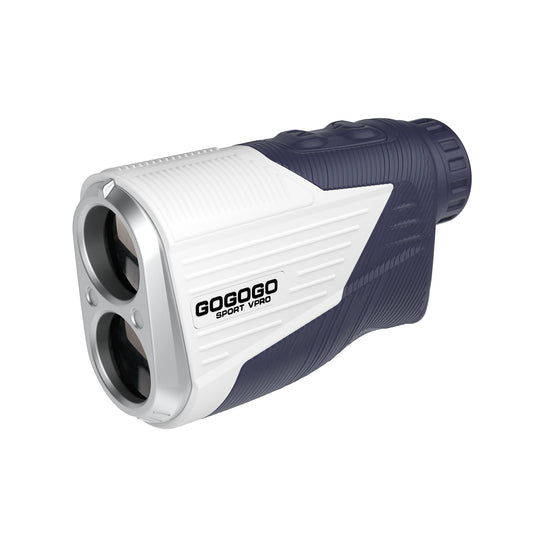
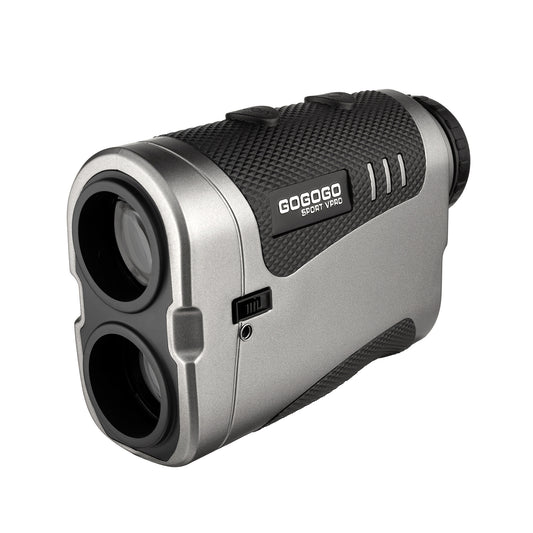
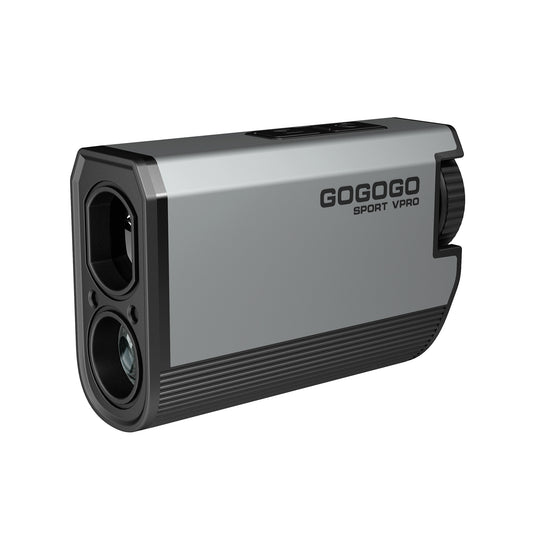
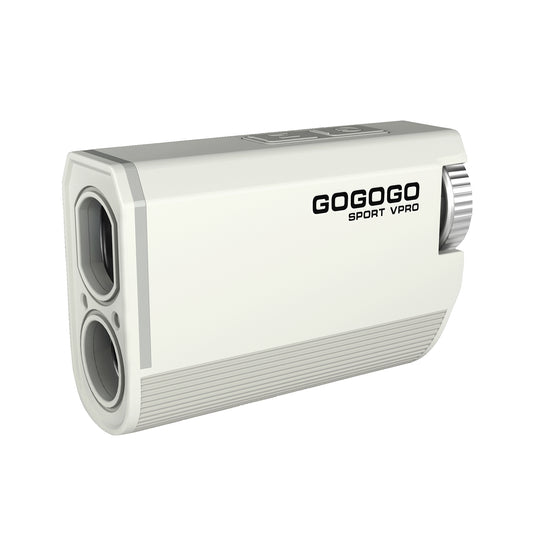
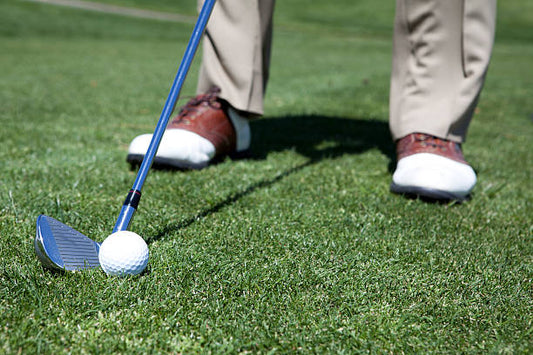
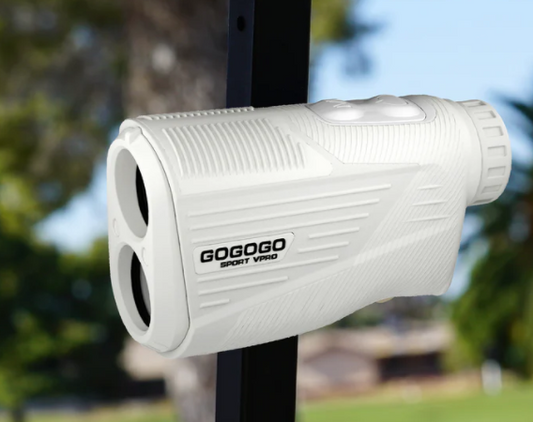

![[2025] The Ultimate Guide to Pinseeker Rangefinders for Golfers](http://gogogosport.com/cdn/shop/articles/gogogo_sport_vpro_pinseeker_rangefinder.png?v=1757993796&width=533)